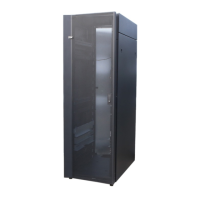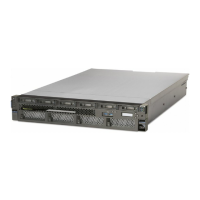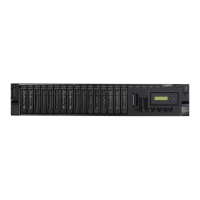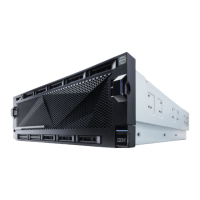To cable your server:
Before you begin
__ If you have hardware features that are not installed, install them now. For instructions, see Installing features
and replacing parts.
Connecting the serial cable
__ Connect one end of a null modem cable to a system port on the back of your server, and the other end to a
serial port on a PC that has Microsoft Internet Explorer 6.0, Netscape 7.1, or Opera 7.23 installed. See References
for a back view of the model.
Cabling the expansion units
__ Do you have an expansion unit?
v Yes. See Expansion units for instructions on the following tasks:
– Setting up an expansion unit
– Creating a new RIO/HSL or SPCN loop
– Adding a system or expansion unit into an existing RIO/HSL or SPCN loop
Note: Do not plug the expansion-unit power cord into the power outlet, as directed by the instructions in
Expansion units, until later in this checklist.
v No. Proceed to the next section, Connecting the external cables.
Connecting the external cables
__ If you are using any optional adapters (such as token ring or 8-port EIA-232), connect the cables to the
appropriate adapter connectors in the PCI slots of your machine.
See Adapters, Devices, and Cable Information for Multiple Bus Systems for a description of cables and adapters
that might be installed on your server.
Note: If the cable did not come with your server, you will have to supply it.
Connecting the server’s power cord
__ You should route the server’s power cord through the retention ring or under the retention bracket that is
provided to prevent the power cord from becoming unplugged unexpectedly.
196 System i and System p: Cabling your server

